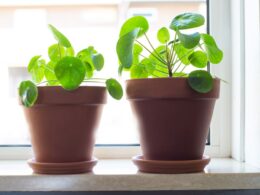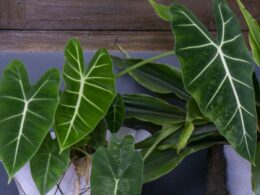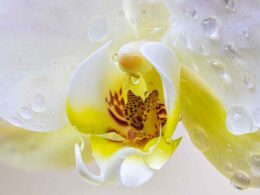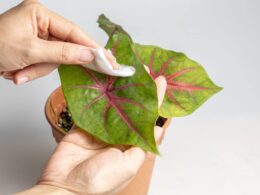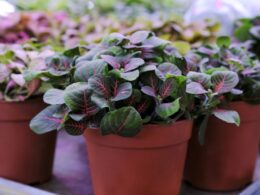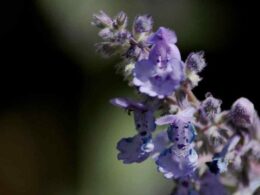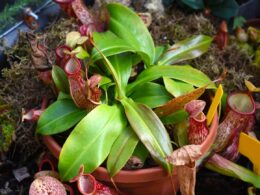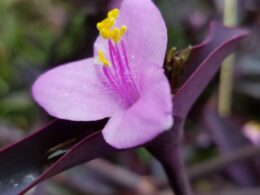Introduction to Bonsai Tree Cultivation and Origin
A bonsai tree is a small, ornamental tree that often has a unique and exotic appearance. While the details of its cultivation can be quite complex and involve meticulous care and deep knowledge, the basic process of how to grow a bonsai tree is relatively straightforward.
To create a bonsai, the appropriate plant specimen needs to be kept in a pot or other container that restricts its growth. Over time, the miniature plant will begin to take on graceful loops and curves as it adapts to the confines of its container.
The art of bonsai originated in China many centuries ago, but it has evolved considerably over time. Early forms of this practice emphasized symmetry and geometric shapes, but today’s bonsai artists often focus on shape-altering techniques to give their creations an aesthetic flair.
What Tree Species Are Best for Bonsai?
Most species of trees and shrubs that produce true branches can be used for bonsai, but some are better suited to the task than others. Common choices include:
- azalea;
- cedar;
- cherry;
- Chinese elm;
- dwarf jade;
- ficus;
- Japanese maple;
- juniper;
- pomegranate;
- weeping fig.
When selecting a type of tree for your bonsai, it’s important to consider how big the tree will eventually grow. You don’t want a species that will outgrow its container within a few years!
Three of the species listed above are especially good for beginners – the Chinese elm, ficus and juniper. They’re all relatively easy to care for indoors, have pretty foliage and grow moderately fast.
How to Grow a Bonsai Tree? Starting a Bonsai Tree From a Seed
Now, let’s get into how to grow a bonsai tree as an indoor plant. You can buy a young plant from a nursery, but the most common way to start a bonsai is from seed, so that’s what we’ll focus on here.
To begin, you’ll need to purchase some bonsai seeds. You can find bonsai starter kits at most garden centers or online retailers. These kits are excellent for beginners as they contain everything you’ll need to get started, including a small pot or tray, a bonsai soil mix, seeds, and helpful tools.
Once you have your seeds, it’s time to start planting. The specifics will vary depending on the tree species you’re working with, but the general process is as follows:
- Fill a planting tray with a well-draining potting mix.
- Sow the seeds on the surface of the soil, spacing them out evenly.
- Gently water the seeds, being careful not to wash them away.
- Place the tray in a warm, sunny spot and keep the soil moist.
In most cases, it will take several weeks for the seeds to germinate. Once they do, you can thin out the seedlings so that only the strongest one remains in each pot.
From here, you’ll need to continue caring for your seedlings until they’re ready to be transplanted into larger pots. Once they reach this stage, you can begin cutting and shaping them into the desired bonsai shape.
Best Soil Mixes for Bonsai Trees
The type of soil you use is important for how to grow a bonsai tree successfully. A good mix should be loose and well-draining, yet able to hold moisture long enough to support the plant’s roots. The best mixes typically contain a combination of inorganic and organic materials, such as:
- akadama (a type of Japanese clay);
- pumice;
- grit or gravel;
- lava rock;
- perlite;
- composted bark.
These mixes are formulated to provide the perfect balance of drainage and moisture retention for bonsai trees.
Bonsai Tree Care for Beginners
Now that we’ve answered the question of how to grow a bonsai tree, you’ll want to know how to care for it once it’s transplanted into a pot. Here are some basic tips to get you started.
Light
Most bonsai tree species need at least six hours of direct sunlight per day. If you live in a hot climate, it’s best to place your tree in a spot where it will be protected from the harsh afternoon sun.
Watering
Bonsai trees need to be watered regularly, but how often will vary depending on the tree species, the size of the pot, and the time of year. As a general rule of thumb, you should water your tree whenever the soil feels dry to the touch to avoid root rot.
Fertilizing
Bonsai trees need to be fertilized every few weeks during the growing season (spring and summer). There are many types of liquid fertilizer available, so be sure to select one that’s formulated for use on trees.
Bonsai Pruning and Wiring
To shape your bonsai tree, you’ll need to prune the branches and trunk regularly. This is typically done in spring. You can use a variety of tools for pruning, including bonsai shears and concave cutters.
In addition to pruning, you may also need to wire your bonsai tree to shape it. This is done by wrapping thin wires around the branches and trunk, then bending them into the desired position. Wiring is typically only necessary for trees with pliable branches, such as junipers and pines.
Repotting Your Bonsai Tree
As your bonsai tree grows, you may need to repot it into a larger pot every few years. Alternatively, you can prune its roots to keep it confined to one pot. This is typically done in early spring, just before the tree’s new growth begins to emerge. When repotting, be sure to use a pot that’s only slightly larger than the tree’s root ball.
Growing Bonsai Trees Is a Long but Rewarding Journey
The truthful answer to the question of how to grow a bonsai tree is that it requires a lot of time and care. If you’re up for the challenge, though, the rewards are well worth it. Just remember to start with good-quality seeds, use the right soil mix, and provide plenty of sunlight and water.
Do you have bonsai trees in your home? What tips would you add? Share your thoughts in the comments below!








